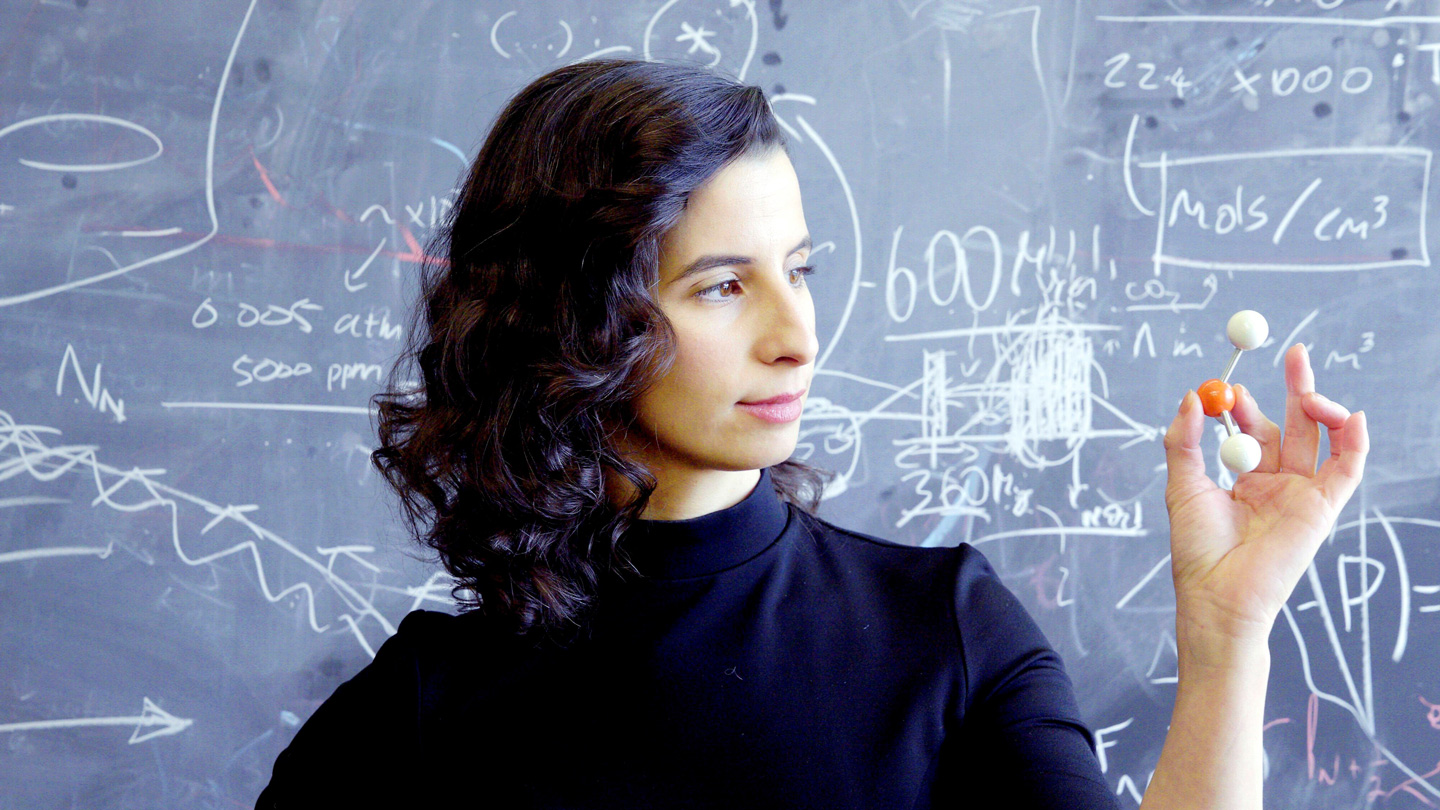Ask Clara Sousa-Silva about her research and she’ll be absolutely clear: Yes, she is looking for aliens. But she is not hunting them.
Sousa-Silva is a quantum astrochemist at Bard College in Annandale-on-Hudson, N.Y., and an expert in knowing things from afar. Her research team studies how molecules in space interact with light, essential groundwork for scientists figuring out what the astronomical objects glimpsed through telescopes are made of. One day, she hopes her work will help identify traces of life in the atmospheres of worlds beyond Earth, including exoplanets — faraway worlds that humankind will almost certainly never visit.
“Molecules behave on a quantum level, and they interact with light on a quantum level,” Sousa-Silva says. “I’m using quantum behavior of molecules — so, chemistry — to study space.”
Though these quantum interactions play out on tiny scales, they leave traces in starlight’s spectrum — a chart of intensity at different wavelengths. Scientists can read spectra like a chemical bar code to identify the molecules the light encountered before reaching Earth. Each molecule contributes to the bar code, but scientists only know what those contributions look like for a handful of common molecules, says astronomer Adam Burgasser of the University of California, San Diego.
2023-09-19 07:00:00
Original from sousa-silva-exoplanets-biosignatures” target=”_blank” style=”color:blue” rel=”noopener”>www.sciencenews.org
